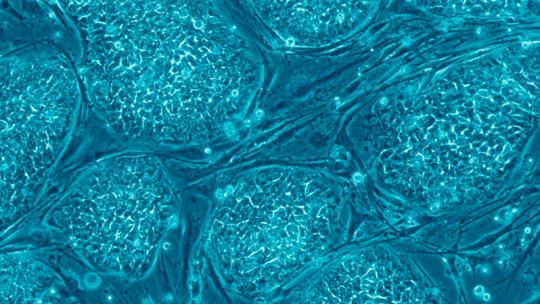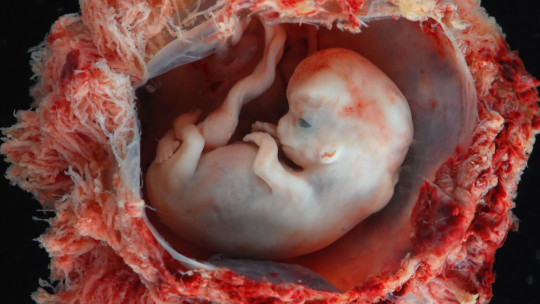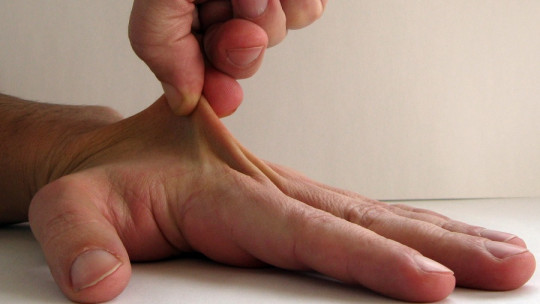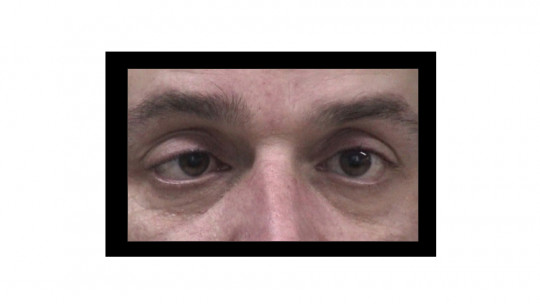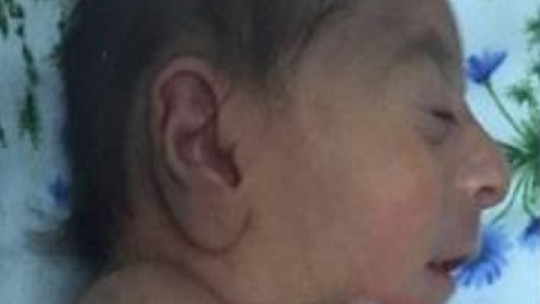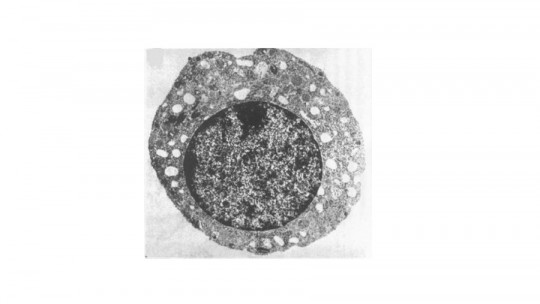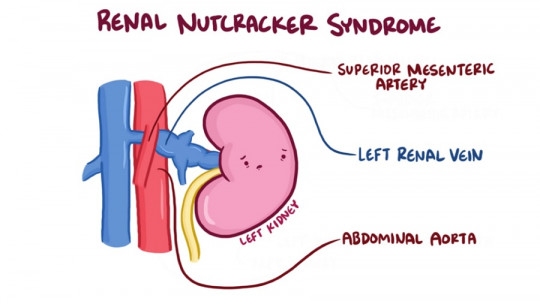
Our body is a highly complex organism, made up of an enormous number of systems that operate in unison to allow us to survive. However, sometimes these systems can be damaged, fail, or have their functionality altered or reduced due to injury or illness.
Regarding the latter, some are more or less frequent and known, while in other cases we find strange and unusual situations of which there is at least little knowledge due to their low prevalence.
An example of a rare and uncommon disease can be found in the so-called Nutcracker syndrome, a kidney and vascular disease which we are going to talk about throughout this article.
Nutcracker syndrome: what is it?
A rare kidney disease that arises from the nutcracker syndrome is called nutcracker syndrome. due to compression of the left renal vein by blood vessels that surround it and/or other parts of the body.
This compression generates imprisonment and stenosis of the renal vein, something that greatly increases the pressure in said vein. This in turn facilitates the appearance of internal fistulas and renal bleeding.
Symptoms
This syndrome sometimes appears asymptomatically, but The presence of symptoms at the level of the genitourinary system is often observed Specifically, it is common for visible hematuria to appear at a macroscopic level, that is, reddish urine appears when blood is also expelled during urination. Internal and leg varicose veins also often appear, as well as pelvic congestion.
It is not uncommon for it to appear unilateral lumbar pain, an annoyance whose intensity can be very variable depending on the case. Furthermore, in the case of women, dysmenorrhea or dysregulation of the menstrual cycle may appear.
Sometimes dyspaurenia or pain is observed during intercourse, and it can also cause alterations on an emotional level. Proteinuria, or expulsion of protein through urine, may also be observed, especially in young people.
Although it is about a disease that tends to be benign and not generate major complications (in fact, the prognosis is almost always very good), the truth is that sometimes kidney complications may appear that can compromise life or become very disabling. For example, if recurrent and regular bleeding occurs, it is easy to fall into anemia, nephropathies may appear, and blood and arterial pressure may be dangerously altered.
This is an alteration that It can appear at any age and regardless of sex, although it is more common in women It is also more common in the third and fourth decades of life, and according to the available literature it is more prevalent in the population from the Far East.
Basic types
Nutcracker syndrome can occur in different ways highlighting the following as the most common (and especially the first).
Previous nutcracker syndrome
The most common form of this syndrome occurs when compression of the left renal vein occurs by the aorta and mesenteric arteries.
Posterior nutcracker syndrome
Unlike the previous case, in posterior nutcracker syndrome the renal vein is trapped and compressed. between one of the two arteries and the spinal column The associated effects and symptoms are generally the same.
Combined nutcracker syndrome
On this rare occasion, it is the case that the left renal vein is clamped in its anterior branch by the two arteries while the posterior branch does the same between the aorta and the spinal column.
Causes
As we have seen, nutcracker syndrome is an alteration that is caused when the aorta and superior mesenteric arteries clamp and compress the left renal vein, just as a nutcracker would do with nuts (in fact, hence its name). .
The symptoms appear when the level of pressure in the renal vein increases, damaging the septa between veins and the renal system and blood entering the urine In turn, this would cause venous circulation to arise towards territories such as the gonadal (something that would influence genital and sexual symptoms) and the urethra.
The reason for this impingement is not clear, but it may be caused by alterations at the embryonic level. Although it is more common in the population of the Far East, It has not been proven that there is a relationship with genetic inheritance, with the majority of cases being sporadic. In the case of children, sometimes it can occur due to bodily changes (which do not occur proportionally throughout the body) typical of growth.
In adults, some of the possible hypotheses in this regard propose that it could be caused by abnormalities such as duplications of the renal vein, the presence of tumors or inflammation that push the arteries in such a way that they compress the left renal vein, an excessively low body mass (the fat present in this area facilitates more space between both arteries), hyperlordosis or problems related to the position of the kidneys during postural changes.
Treatment
As we have seen previously, nutcracker syndrome is usually benign in behavior, although Sometimes it can be a threat to the life of the person affected
Sometimes this condition may not require treatment beyond monitoring, observation and control of the patient’s condition, but in others it will be necessary to perform some type of intervention, generally surgical.
Among the most frequent and recommended is implantation of an intravascular or extravascular stent, a device that allows the affected vessel to be kept open. In cases of intense renal bleeding (visible in hematuria) blood transfusions and other interventions may be necessary to preserve the state of health and maintain vital signs. An auto-kidney transplant or a renal vein bypass may be necessary.

